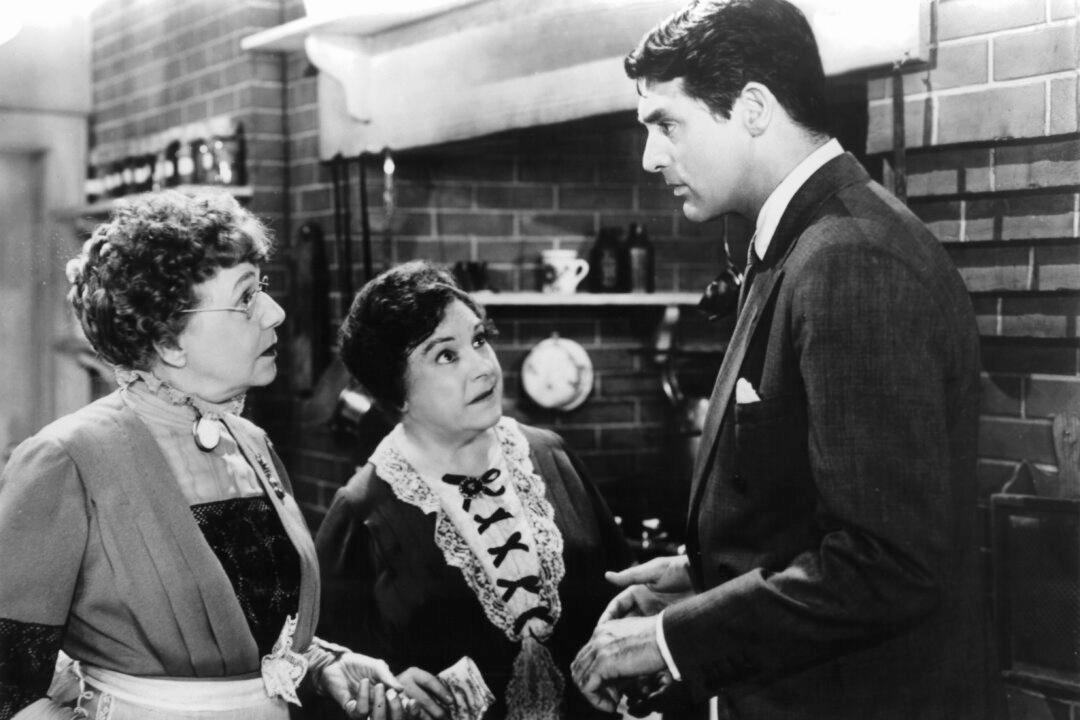NR | 1 h 58 mins | Comedy, Romance | 1944
Frank Capra is famous for making heartwarming dramas about the little guy who confronts an ogre in his fight for common decency, kindness, and justice. While there always is an occasional humorous moment, his films are primarily very serious because they deal with difficult topics. One exception to this rule, however, is “Arsenic and Old Lace” from 1944.






